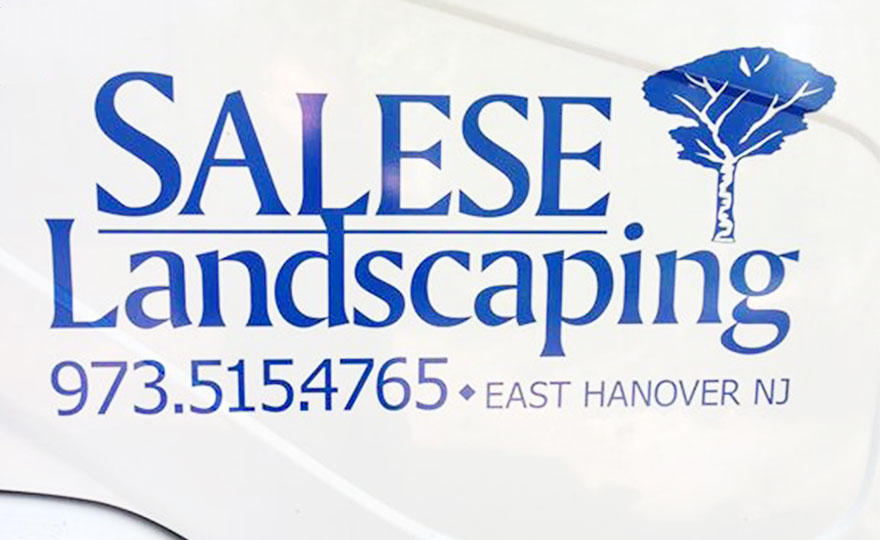Whether you are under drought conditions, want to help the environment, or want to lower your utility bill, you may want to cut down on the amount of water you use to take care of your garden. Luckily, you do not have to give up a great garden to do it. Here are a few water-saving tips to save time, money, and the environment and still have a garden to be proud of:
Plant Selection
Perennial plants generally use less water than annual plants. The perennials acclimate to their growing conditions and adapt as the environment changes. Annual plants need plenty of water each day to reach their optimum potential.
Some common drought-tolerant perennials that add texture and color to your garden include black-eyed Susans, daylilies, Shasta daisies, and yarrow. Use low-growing perennials to fill in between the tall ones. For example, combine blanket flower, which is a blooming flower that grows to heights of 12 to 36 inches, with lamb’s ears, which produce a silvery foliage that compliments the neighboring flowers.
Know Your Land
Each part of your landscape has a different type of soil. Walk your yard to determine which areas are prone to moisture or are very dry. Loamy soil is soil that has a mixture of the three main types of soil – sand, silt, and clay – in relatively equal proportions. It provides the best mix of aeration, moisture retention, and draining of excess water. Finding areas with loamy soil or adding it to your garden will reduce the care needed for plants in those areas.
Compost and other organic matter, such as peat moss, increase water retention in the soil. This allows you to use less water to fulfill the needs of the plants. A thick layer of mulch keeps the moisture from evaporating and protects the plants during periods of drought or when you do not have time to water the garden.
Placing Your Plants
Group your plants together according to their watering needs. The plants that need the least amount of water should be the ones planted farthest away from the house. The plants requiring the most water should be closest to the house. This planting method does away with long hoses or carrying water across the yard. Another benefit to this landscape design is that the soil closest to the house is generally more rich and moist. When possible, try to place plants closely together; this will avoid wasting water on empty spaces and the tight grouping will help water retention.
Watering Your Garden
Refrain from using a spray hose or sprinkler for gardens. A spray hose or sprinkler system puts water on the leaves and areas where the water is not necessary. Instead, use a soaker hose that disperses the water where the plants need it most – at the roots. Once the soil around the roots is moist, turn the soaker hose off. Consider installing a rain barrel or two close to the garden to collect rain water and use it to water with a bucket instead of paying for hose water.
Over time, you should find that you are using less water and spending much less time working in your garden. With just a little upfront planning, you will see your garden looking great and your utility bill going down, and you will be helping the environment in the process.
